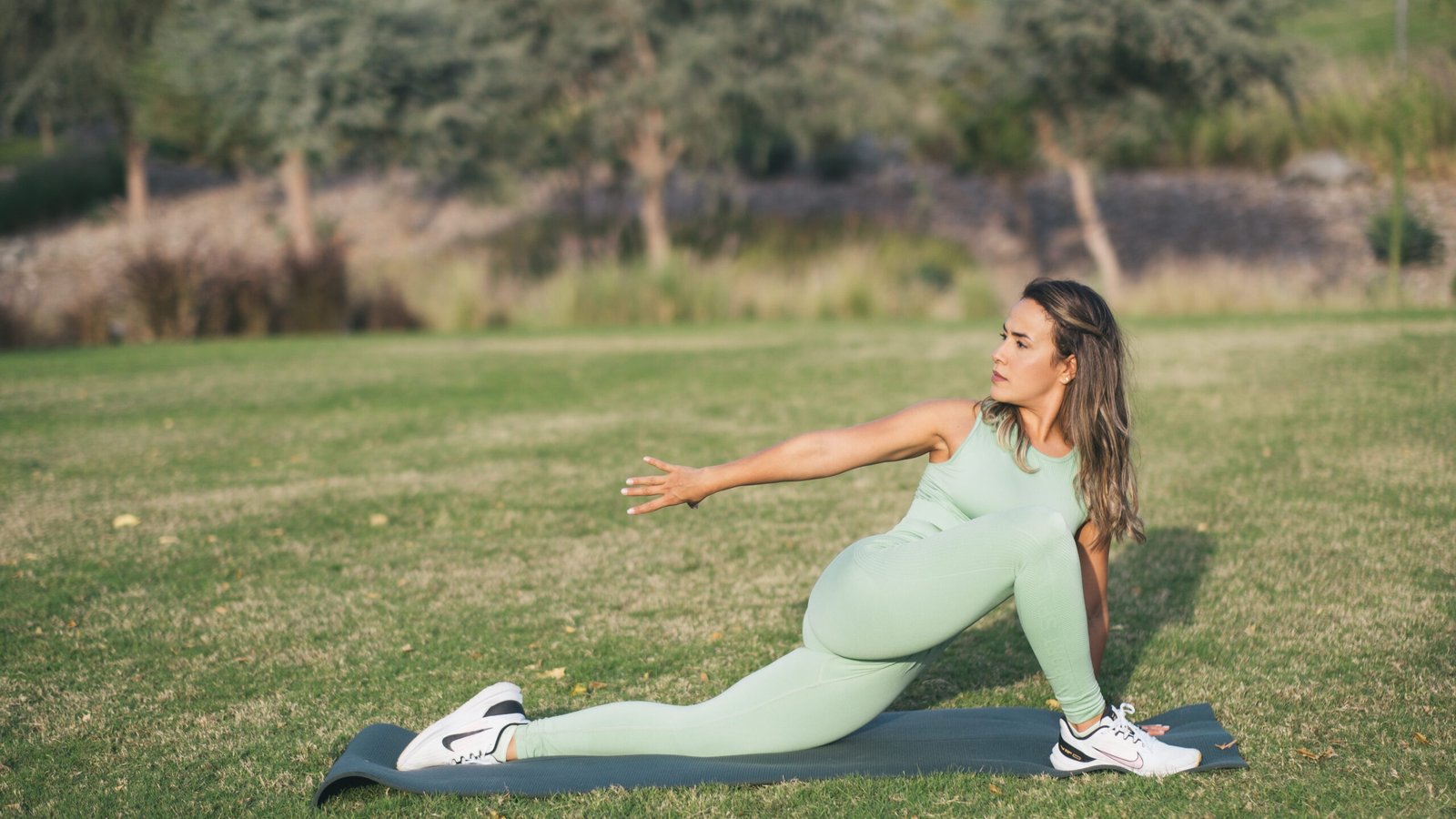
NO GYM = NO PROBLEM
Maintaining a healthy lifestyle does not necessitate a gym membership. Numerous alternative forms of exercise can be seamlessly integrated into daily routines, making fitness accessible to all. Bodyweight exercises, for instance, offer a versatile and effective way to build strength and endurance. Exercises such as push-ups, squats, and lunges require no equipment and can be performed virtually anywhere.
Yoga, another excellent option, combines physical postures, breathing exercises, and meditation, promoting flexibility, strength, and mental well-being. The beauty of yoga lies in its adaptability; it can be practiced at home without extensive space or equipment. Dance, too, serves as a fun and engaging way to stay active. Whether through structured classes or impromptu sessions at home, dance provides a cardiovascular workout while boosting mood and creativity.
Incorporating movement into daily routines is another effective strategy for maintaining a healthy lifestyle without the gym. Simple changes such as walking or cycling to work, opting for stairs over elevators, and engaging in household chores can significantly increase daily activity levels. These small adjustments accumulate over time, contributing to overall health and well-being.
Creating a home workout plan tailored to individual preferences and goals is another viable option. This plan can include a mix of bodyweight exercises, yoga sequences, and dance routines, ensuring a balanced and comprehensive approach to fitness. Online resources and fitness apps provide valuable guidance and structure, offering everything from workout videos to personalized training plans. These tools make it easier to stay motivated and track progress, even without a gym membership.
Ultimately, the key to a long-term healthy life lies in finding enjoyable and sustainable ways to stay active. By exploring various forms of exercise and integrating movement into everyday activities, individuals can effectively harness the power of movement, fostering a healthier, more vibrant life.
Building a Sustainable Movement Routine
Creating a sustainable movement routine is essential for achieving long-term health benefits. The first step is to set realistic goals. Aim for achievable milestones that can be gradually increased over time. This approach not only prevents burnout but also provides a sense of accomplishment, fostering a positive attitude towards physical activity.
Finding activities you enjoy is crucial for maintaining consistency. Whether it’s dancing, hiking, swimming, or cycling, engaging in activities that bring joy ensures that movement becomes a pleasurable part of your daily routine rather than a chore. Experiment with different activities to discover what resonates with you the most.
Varying your routine is another key aspect. Incorporate a mix of cardiovascular exercises, strength training, and flexibility workouts to keep things interesting. This not only prevents boredom but also ensures a well-rounded fitness regimen. Additionally, varying your routine can help prevent overuse injuries and provide a balanced approach to overall health.
The role of social support and accountability cannot be overstated. Having a workout buddy or joining community groups can significantly enhance motivation and adherence to your movement routine. Engaging with others who share similar fitness goals creates a supportive environment, making it easier to stay committed. Whether it’s a local running club or an online fitness community, the sense of belonging and shared progress can be incredibly motivating.
Listening to your body is paramount in maintaining a sustainable movement routine. Pay attention to signs of fatigue or discomfort and make adjustments as needed. Rest days are equally important as active days, allowing your body to recover and rejuvenate. Remember, the goal is to make movement a joyful and enriching part of your life, not a source of stress or injury.